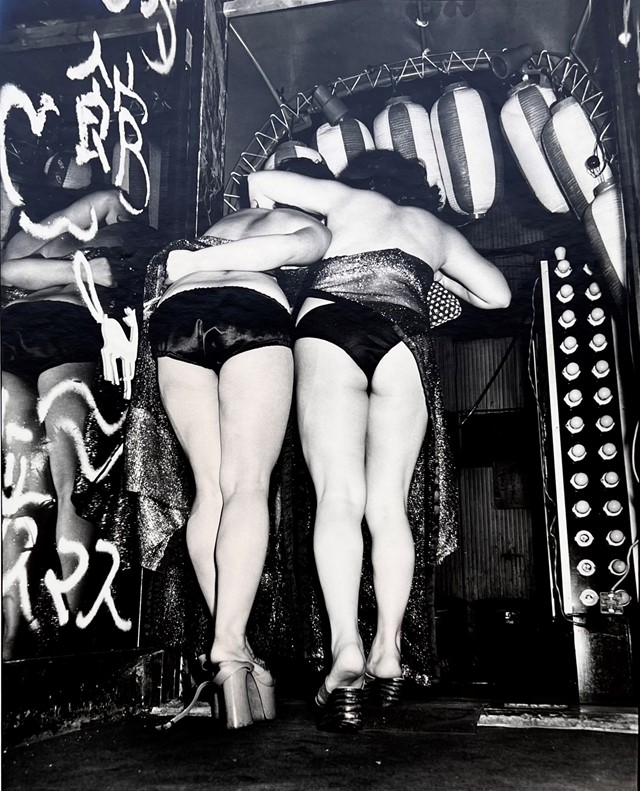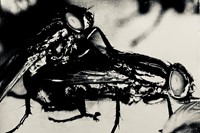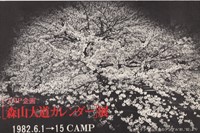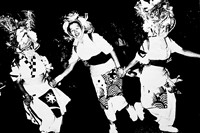At Les Rencontres d’Arles, a reconfiguration of Image Shop Camp – the independent gallery founded by Daido Moriyama and his students in 1970s Tokyo – serves as a tribute to its radical installations and ideas
June 1976, Tokyo. In the buzzing, neon-lit quarter of 2 Chome, there was something very special in the works. The pioneering photographer Daido Moriyama founded Image Shop Camp, one of the first independent photography-focused galleries in Japan. It was two years prior that Moriyama had assisted Shomei Tomatsu in the formation of Workshop, a radical school that brought together Nobuyoshi Araki, Eikoh Hosoe, Masahisa Fukase et al to teach photography classes to students. When it broke up, Moriyama, who had forged a strong bond with his class, envisaged a space where his students could exchange, entertain and be entertained. Camp was just that. Staging some 200 exhibitions by around 30 members and guest photographers in eight years, it gave rise to some of the most explosive happenings in the history of post-war Japanese photography.
Now, nearly half a century later, Camp has flown to Arles, the ancient French city that serves as the playground to the venerable photography festival Les Rencontres d’Arles each summer. “The fly has gone viral!” exclaims Clément Kauter, the co-curator of Image Shop Camp Arles at Galerie Sinibaldi, in reference to Camp’s iconic bug logo. “Everyone in Arles is talking about the show. After all, it’s a satellite pop-up which echoes how things were in the festival’s early days. When you say ‘Japanese photography’, a lot of people think of the 70s and Provoke. But I wanted to show audiences what happened after Provoke.”
Back in Paris, Kauter runs Le Plac’Art Photo, a bookstore with an emphasis on Japanese rarities, and has for many years been collecting pieces of Camp’s illustrious history. “It started with the discovery and acquisition of the original inauguration banner,” Kauter explains. “Then, we acquired a large number of exhibition flyers, followed by an incredible series of 14 vintage prints by seven of the collective’s members shown in 1978. As we already had the special Image Shop Camp Vol.1 or Last! catalogue, we started to think seriously about putting together an exhibition that would be a tribute to Camp.”
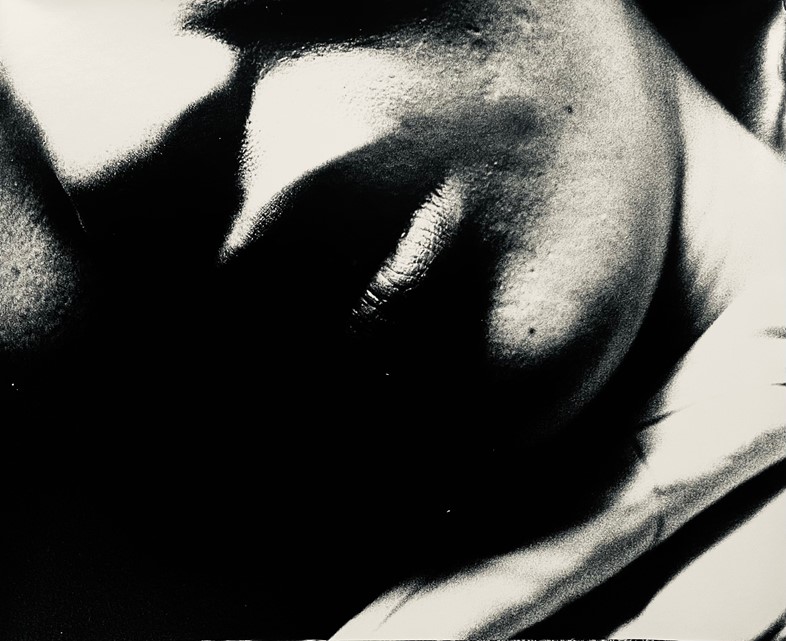
Spanning three floors, the exhibition revolves around eight series by eight photographers, alongside displays of books and ephemera related to Camp’s activities. “The name ‘Camp’ came about because there was originally no furniture, meaning members would sit and drink on the floor,” explains Kauter. "The presence of a jukebox strengthened the camaraderie between the members. It was even sometimes plastered by images during particularly crazy exhibitions which saw the walls and ceilings entirely covered in photographs, not to mention the gallery-branded T-shirts they sold”.
Kauter’s exhibition, with its startling scenography, certainly makes the most of every inch of space. Osamu Takizawa’s dreamlike evocations of his wife catch the eye on the ground floor, which is laid out in a classic, institutional manner. However, it is upon ascending the staircase – where Keizo Kitajima’s confrontational shots hang on tarpaulins – that one enters a wild, reconfigured Camp. One wall covered with colourful reproductions of original Camp flyers serves as the backdrop for Susumu Fujita’s photographs which appeared in Camera Mainichi magazine in 1984, while the adjacent wall – plastered by silver, screen-printed flies – displays his documents of discos in Tokyo’s Roppongi district. Opposite is a wall dedicated to Moriyama, whose calendar he exhibited at Camp in 1982 – concentrating on seedy, little-seen parts of the city – has been enlarged and pasted in spellbinding fashion. Above the fireplace plays a 2018 interview in which Moriyama reminisces on the advent of Camp. “I decided on the fly,” he says. “It was an emblem, just like the Italian paparazzi, who never let go of their targets.”
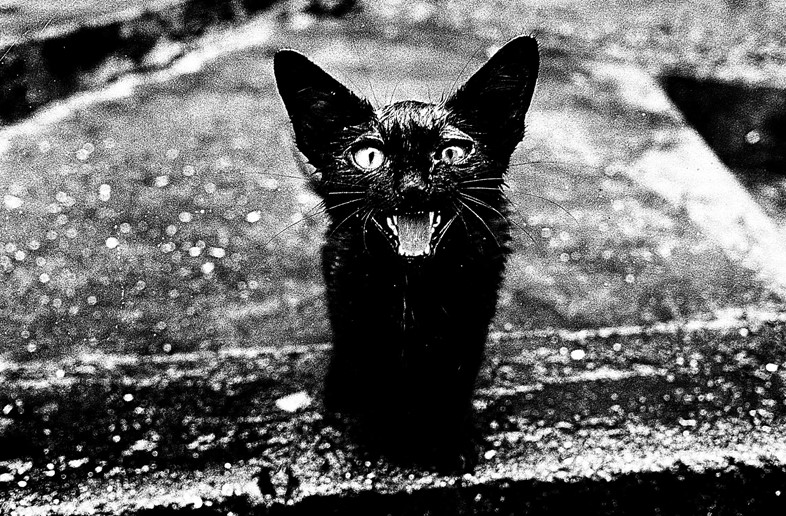
The way Camp strove for synchronicity between its exhibitions and publications was unique and unrivalled. “Most ingenuous was Kitajima’s near-yearlong privatisation of the premises in 1979, in which he presented a new installation and accompanying dojinshi (mini-communication magazine) each month,” says Kauter. The original set of Kitajima’s Photo Express: Tokyo is a sight to behold in the glass cabinet, which is packed with other precious objects such as the 1976 portfolio Daido Moriyama and 16 Men. “Following the success of Photo Express, the group decided to publish a catalogue that publicised their new venue,” continues Kauter. “It mixed a distinctive graphic sensibility with post-Provoke photography, bringing together images of Camp’s exteriors and floor plans, exhibition flyers and portraits of the members. A real cult publication – the first and last!” As a nod, Kauter has published his own catalogue, photocopied on site with pink, blue and yellow covers.
“Arles continues to attract more and more people from all over the world,” says Kauter. “While the first week brings in a professional audience, the rest of the summer is more diverse and public-oriented. With the exhibition, the idea is to travel to other cities around the world, with the ultimate goal of returning to Tokyo. That would be the final renaissance for the members.”
Image Shop Camp Arles runs at Galerie Sinibaldi in Arles until 26 August 2023.
